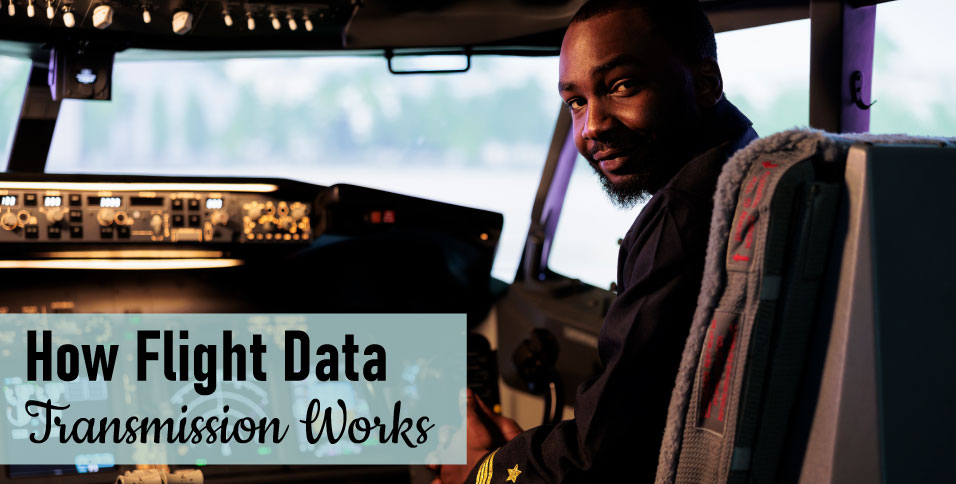Flight data transmission is the backbone of modern aviation. It revolves around transmitting and receiving sensitive information like engine health, height, and altitude between aircraft and ground stations.
Furthermore, it plays a pivotal role in ensuring flight safety and efficiency. This article will discuss the mechanics of flight data transmission in detail. So, stick around us and read till the very end!
Working of Flight Data Transmission
Flight data transmission works by the combination of many important technologies. Here are the key technologies involved in flight data transmission:
FDR and CVR
FDR and CVR are the two main technologies used in flight data transmission. They are, in fact, the two categories of black boxes employed within aircraft. FDR tracks parameters like altitude, speed, and direction, feeding data to ground stations for aircraft performance monitoring. CVR captures all cockpit voices and conversations. Both are vital for updating flight status, flight safety and investigating aircraft accidents.
ACARS
The second important technology used is the Aircraft Communications Addressing and Reporting Systems “ACARS.” It functions as a digital system for sending brief messages to ground stations. These systems play an important role in ensuring fast communication ans flight safety. It uses satellite or radio to transfer information such as fuel usage and engine status. ACARS is a really effective means of communication and sharing sensitive information among pilots, air traffic controllers, and operational centers.
ADS-B
The next primary technology involved in flight data transmission is the “ADS-B.” This system allows the aircraft to broadcast their position and other important information. With this system, control stations can directly receive information on the ground and can work on enhancing flight safety.
Satellite Communication
Satellite communication is one of the most important components of effective flight data transmission. It plays a critical role in ensuring the safety of flights over the oceans and seas. Satellites allow continuous communication between the pilots and ground stations. It helps pilots send and receive important information with the control centers and ground stations. Moreover, satellite communication allows both data and voice communication, which is one of the biggest perks. It also helps in real-time data transmission and is useful in proactive maintenance and flight safety analysis. Additionally, this technology is integral in systems that enable you to track your flight during your journey, enhancing the overall travel experience.
Also read: Unleash Your Imagination with the Ultimate Aerial Explorers














